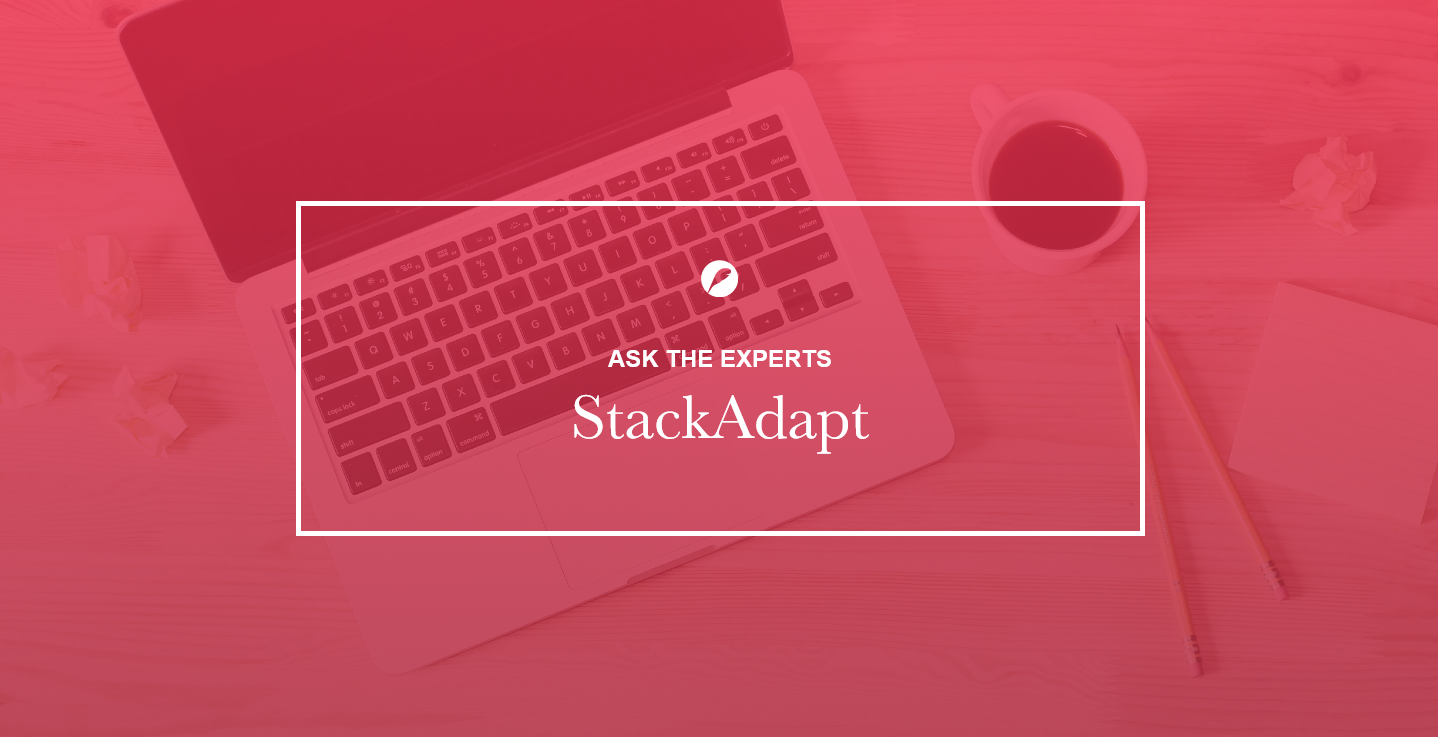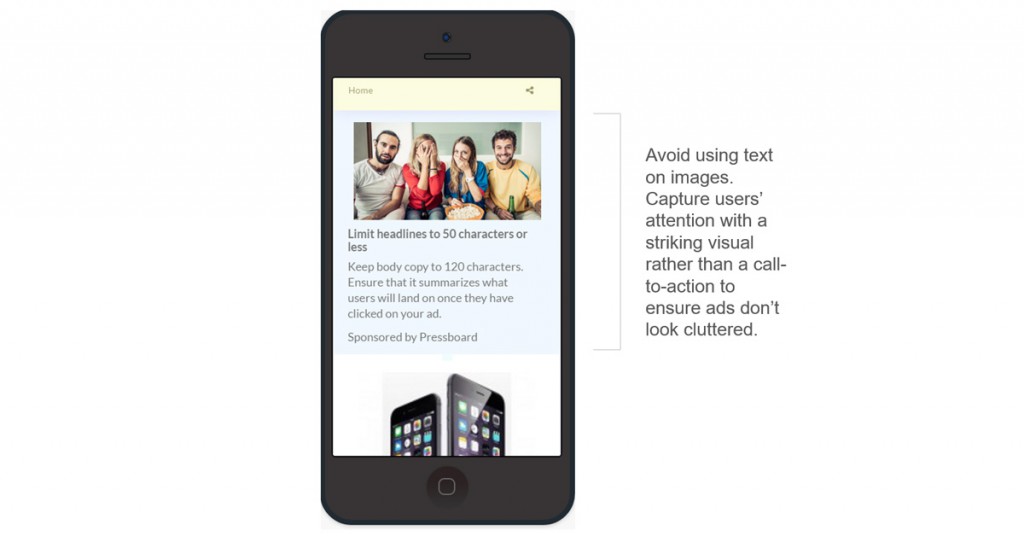
Native Advertising Advice from the Co-Founder of StackAdapt
Notice: Undefined index: template in D:\home\site\wwwroot\wp-content\plugins\click-to-tweet\includes\ctt-shortcode.php on line 153
Notice: Undefined index: template in D:\home\site\wwwroot\wp-content\plugins\click-to-tweet\includes\ctt-shortcode.php on line 153
As part of our Ask the Experts series, we learn from the world’s leaders in content marketing on how to create epic content. In this Q & A Pressboard’s Jerrid Grimm chats with Vitaly Pecherskiy, Co-founder of StackAdapt. This interview contains excerpts from The Epic Guide To Content Marketing – over 50 pages of advice from the experts at The New York Times, Forbes, Mashable, The Huffington Post and many more!
Pressboard: What’s the biggest difference between native ads and display ads?
Vitaly: In recent years there’s been growing disdain amongst consumers toward overtly blatant advertising. They’re more discerning when it comes to the ways in which they’re marketed to, and subsequently, banner ads have taken a big hit. So much so in fact, that research has shown that you’re more likely to complete Navy SEAL training than click on a banner ad. This phenomenon is commonly referred to as “banner blindness”, and is thought to be responsible for the increasingly poor click-through rates display advertising is yielding across the world.
Marketers have been looking for a remedy to this “banner blindness” for years now, and thankfully an effective solution has been discovered: native advertising. Native advertising is fast proving itself to be an incredibly effective channel for content distribution. Not only does it engage readers and help improve brand image and awareness, but it also boasts click-through rates many times higher than those of display ads.
Native ad units conform to the design and feel of the sites on which they display, meaning that the immersive user experience is preserved while producing click-through rates similar to that of editorial content. The goal of native advertising isn’t to “trick” people into consuming your content, it’s meant to engage with them in a way that’s mutually beneficial—and that’s where banner ads fall short.
What is the click through rate you see from native ads?
StackAdapt analyzed 1,500 native ad campaigns that appeared on over 30,000 publisher sites. The results showed that the average click-through rate on StackAdapt ads was between 0.4 – 0.8%, versus the standard industry click-through rate of 0.06%—that’s eight to ten times higher than banner ads. What’s more, users were shown to often spend over three minutes reading a piece of branded content.
What are your top 3 actionable tips for brands or publishers that are looking for strong results from their native ads?
1. Copy
For in-feed native ads we recommend that advertisers limit headlines to 50 characters or under (including spaces), and body copy to 120 characters. When developing copy for your native advertising campaign, it’s important to ensure that it clearly summarizes what users will land on once they have clicked on your ad.
2. Images
When developing creatives, avoid using text on images. Capture users’ attention with a striking visual rather than a call-to-action to ensure ads don’t look cluttered.
3. Post-click user experience
Make sure your ad delivers on its promise once a user clicks through. Consumers are disappointed when they click on an ad that appears to be editorial, and are then redirected to a company landing page that isn’t what they were hoping for.
Which will have the most profound effect (either negative or positive) on native/brand content in the next 12 months?
a) Facebook’s Instant Articles
b) The growth of Ad Blocking
c) The FTC’s guidelines on native content disclosure
d) Other?
I think the most profound effect on native advertising and branded content will be a shift in the way we measure success. While metrics like social shares and time on site are great key performance indicators to measure basic content performance, the true question brands want answers to is how their content made readers feel. After all, not all content is shareable, but that doesn’t mean it didn’t change the consumer’s perception of the brand.
Pressboard would like to thank Vitaly Pecherskiy for speaking with us and contributing to our latest e-book. You can find him on Twitter at @vitalypecherski
Get your Content Marketing Fix
Sign up to receive tips on storytelling and much more.
We promise to respect your inbox.



